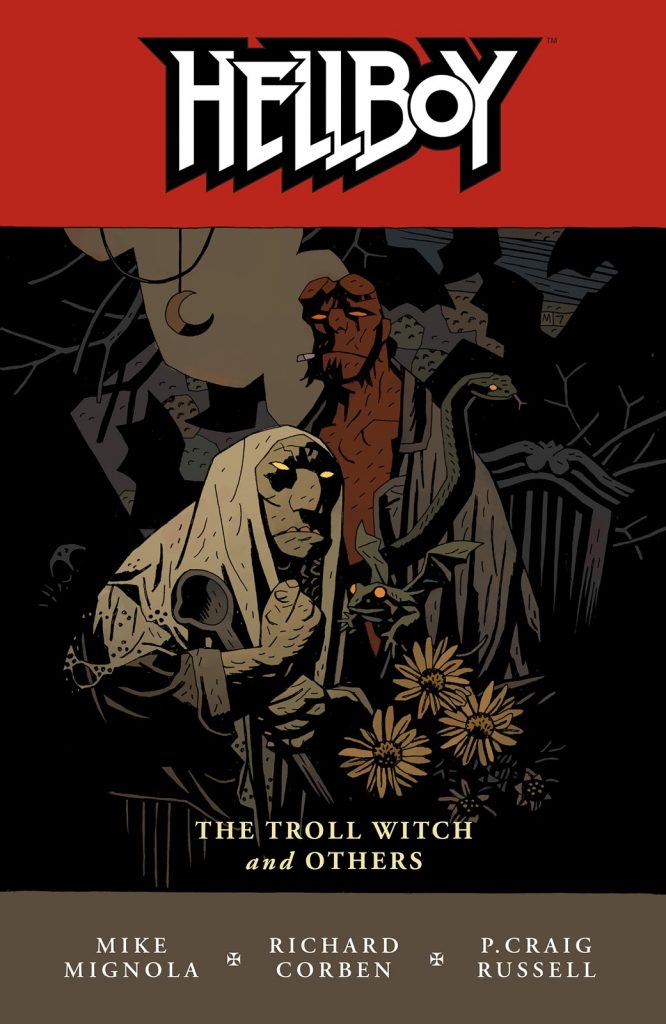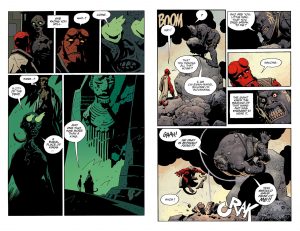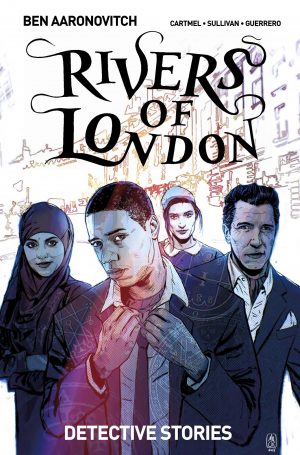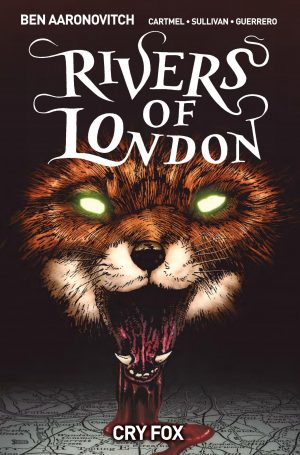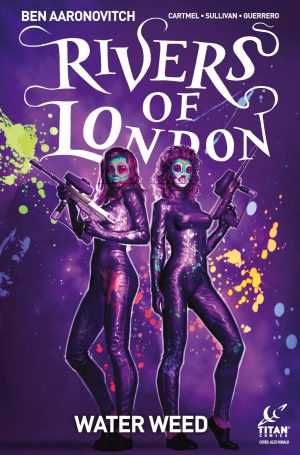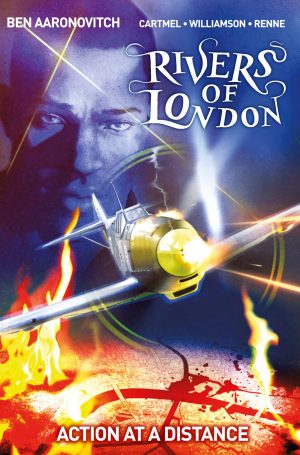Review by Frank Plowright
It’s perhaps not recognised what a fertile creative mind Mike Mignola has. Hellboy is his signature title, but he’s introduced many characters who are subsequently turned over to others, and he’s produced an amazing quantity of short stories over the years. Most he draws himself, but sometimes there’s a curiosity to see how other masters would handle the plot, and this collection mixes both, roughly half the page count featuring Mignola’s art.
Mignola has generated a timeline for Hellboy’s time on Earth, but one leaving him plenty of scope for slotting anything he feels like at any location, such as Malay demon the Penanggalan in the opening story. In as much as anything Mignola produces is generic, it features almost everything associated with a Hellboy story slotted into just eight pages. It introduces a mystery along with an enigmatically wise character, has Hellboy distanced, sardonic and capable, presents imaginatively drawn locations with supernatural intrusions or spooky items highlighted and leaves us with an enigma at the end. Read this after putting Hellboy to one side for a while, and the sheer brilliance will strike, yet Mignola produces equivalents regularly.
Something else he does so well, the title story being the best example here, is sell utter nonsense with complete conviction. Mignola makes us believe in trolls who’ll take someone’s head and replace it with a cow’s head for whatever unknown purpose that we never discover. Because the storytelling and art is so good, that’s irrelevant, and what kind of supernatural story would it be if everything could be explained? Apparently it’s a myth of Norwegian origin.
In his introduction Walter Simonson stresses that Richard Corben’s work is unique in comics. It’s difficult to work out his influences, and despite how admired he is, no-one has come anywhere close to imitating that style. By contrast, it is possible to see something of P. Craig Russell in Mignola’s work, perhaps the precision, and both share an awareness of how appropriately applied colour can make a page, although their use of it differs greatly. For ‘The Vampire of Prague’, Russell’s pages are coloured by Lovern Kindzierski, and while not as bright as Russell’s usual art, they don’t approach the gloom with highlights Dave Stewart applies to Mignola’s pages. While it has playful touches, Russell’s own work is very serious, so it’s interesting to see Mignola’s plot on the lighter end of the Hellboy scale as he encounters a frustratingly durable foe. The use of a puppet shop provides extra colour.
Mignola draws a framing sequence for Corben’s story ‘Makoma’, from which both pages of sample art are taken. Engaging and enigmatic, it places Hellboy as central to an African fable of a man destined to free the land from giants and demons. As he’s done elsewhere, Mignola feeds Hellboy into a scenario involving predictions as to his ultimate purpose, and the Corben art is beautiful, moving where necessary and brutal where that’s needed.
It’s extremely difficult to note a best story as the quality is so high, but as noted by Mignola’s comments, ‘The Ghoul’ isn’t a favourite with readers. That’s because the ghoul babbles lines of researched poetry possibly intended to distract Hellboy, but certainly distracting for readers who aren’t as entranced with poetry.
The entire content was later absorbed into the fourth hardcover Hellboy Library Edition, and most is included along with other material in Hellboy: The Complete Short Stories Vol. 2. ‘The Penanggalan’ features in Vol. 1.
